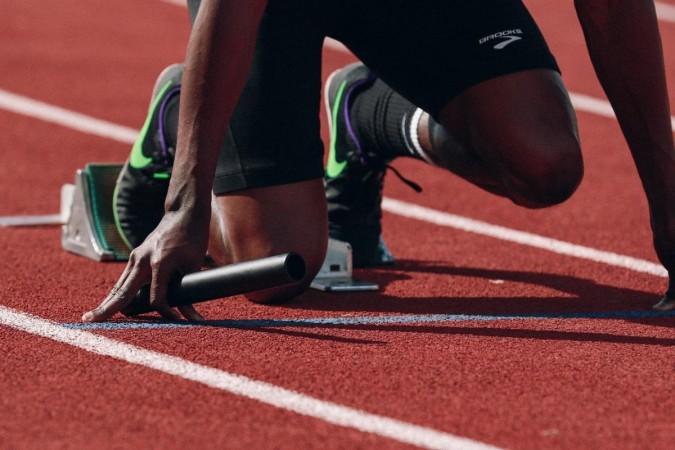It is common knowledge that in the pursuit of athletic excellence, pain and injuries are unavoidable. Most Olympians would attest to this fact. However, have you ever wondered what the bodies of these athletes undergo after retirement? Now, scientists have found that several retired Olympians are diagnosed with a common form of arthritis: osteoarthritis.
According to a new multi-institutional study, one in four retired Olympians reported being diagnosed with osteoarthritis. The research found that Olympians who sustained sports-related injuries had an increased risk of developing osteoarthritis in the shoulder, hip, and knee. The study is the first to investigate the consequences of pain and osteoarthritis in different joints among retired Olympic athletes spanning over 50 sports.
Dr. Debbie Palmer, corresponding author of the study, said in a statement, "This study provides new evidence for specific factors associated with pain and osteoarthritis in retired elite athletes across the knee, hip, ankle, lumbar and cervical spine, and shoulder, and identifies differences in their occurrence that are specific to Olympians." The findings were published in the British Journal of Sports Medicine in two linked studies.
Understanding a Debilitating Condition

Arthritis is the tenderness and inflammation of a joint (or joints) in the body that causes pain and stiffness in it. Osteoarthritis is a form of arthritis where the protective tissue, also known as cartilage, surrounding the bones in a joint deteriorate or wear out. It is characterised by changes in the bones forming the joint, damage of ligaments and tendons, and inflammation in the lining of the joint. Osteoarthritis usually occurs in the knees, hips, spine, hands, and shoulders. Being a chronic condition, it can worsen over time.
Through the current study, the team aimed to determine the prevalence of osteoarthritis and pain in the lower limb, spine, and upper limb of former Olympic athletes. For this, the team enrolled 3,357 retired Olympians (median age=44.7 years)—who had competed across 57 sports—to complete a cross-sectional survey which recorded information about their injuries and the health of their bones, muscles, joints, and spine.
In addition to this, the survey also examined if the participants were currently suffering from joint pain and if they had been diagnosed with osteoarthritis. A control group consisting of 1,735 individuals (mean age=40.5 years) from the general population, were also made to complete the same survey for comparison.

Factors that could potentially influence the risk of osteoarthritis and pain such as age, sex, obesity, past injuries, and recent injuries, were considered by the researchers. Using statistical models, they compared the prevalence of osteoarthritis and pain in the upper limb, lower limb, and spine, between the two groups.
Pain and Osteoarthritis Across Joints
Through their analysis, the authors learnt that the areas where the Olympians were most prone to injuries were the shoulder, lumbar spine, and knee. These locations were also the most common ones to be afflicted with pain and osteoarthritis.
The team also found that one in four retired Olympians reported being diagnosed with osteoarthritis in the lower limb, along with injuries related to osteoarthritis and pain in the ankle, hip, and knee. Similarly, one in five of the former sportspersons reported enduring pain in the lumbar spine, and their injuries were associated with osteoarthritis and pain in the cervical spine, lumbar spine, and shoulder.

Another finding was that in comparison to the general population, the probability of developing osteoarthritis after an injury in a joint was higher in retired Olympians. Taking recognised risk factors into consideration, they also had an increased chance of experiencing pain after sustaining injuries across the lower limb, spine, and upper limb.
According to the authors, the study may aid in the formulation of better strategies to decrease the risk and progression of osteoarthritis and pain following retirement. The findings may also help inform recovery and rehabilitation approaches to prevent the recurrence of injuries.

















